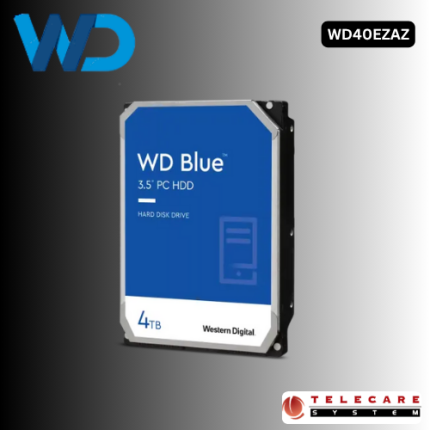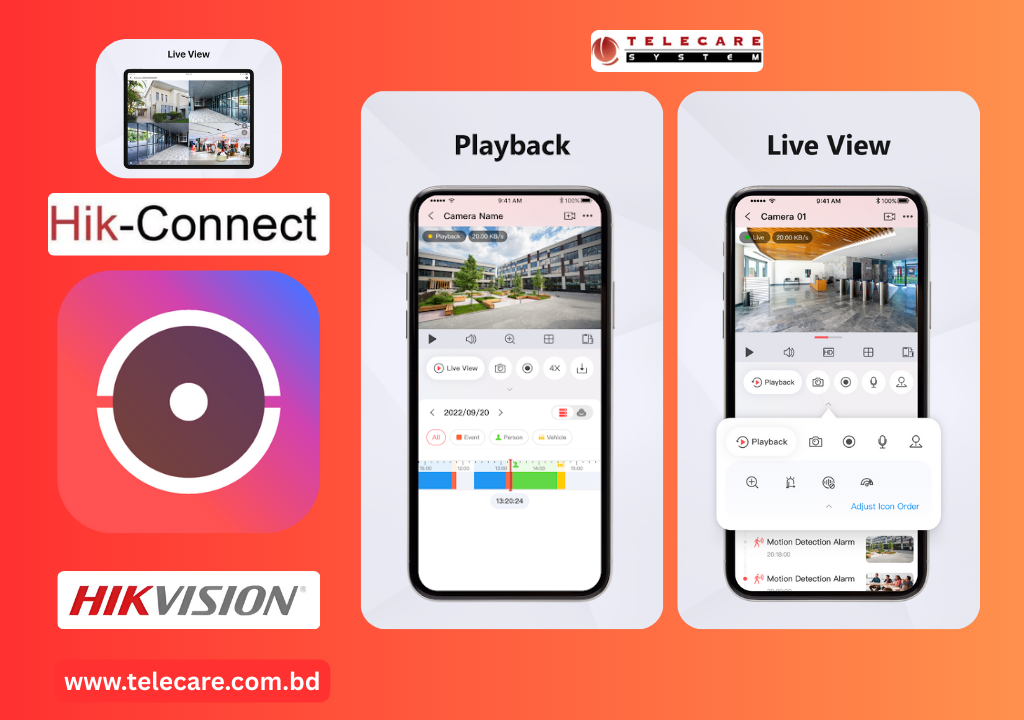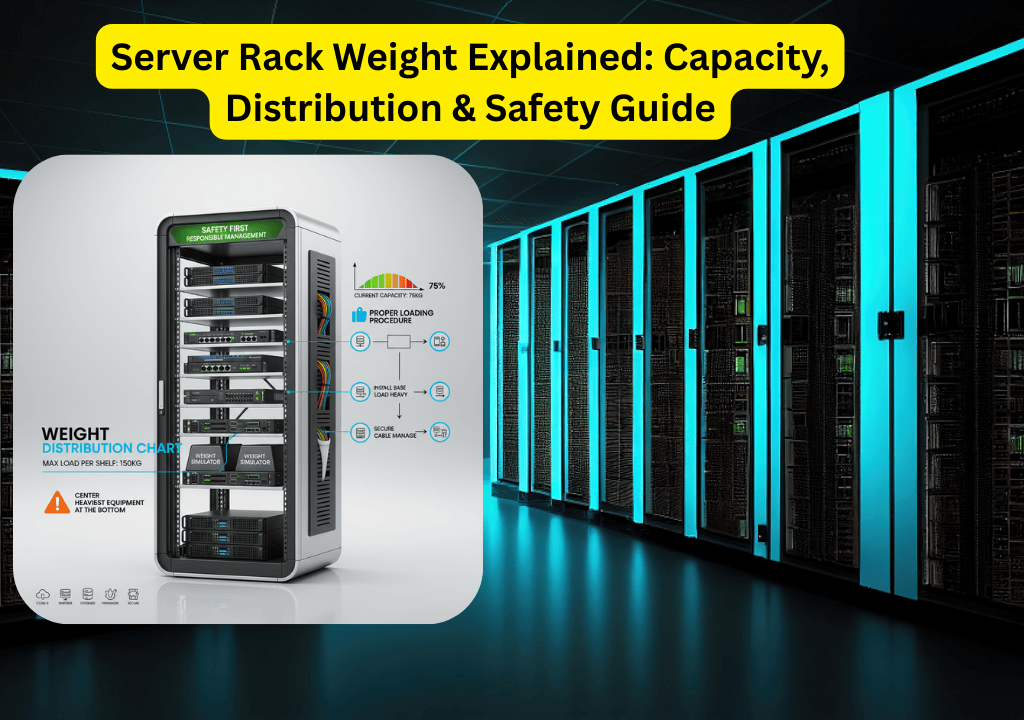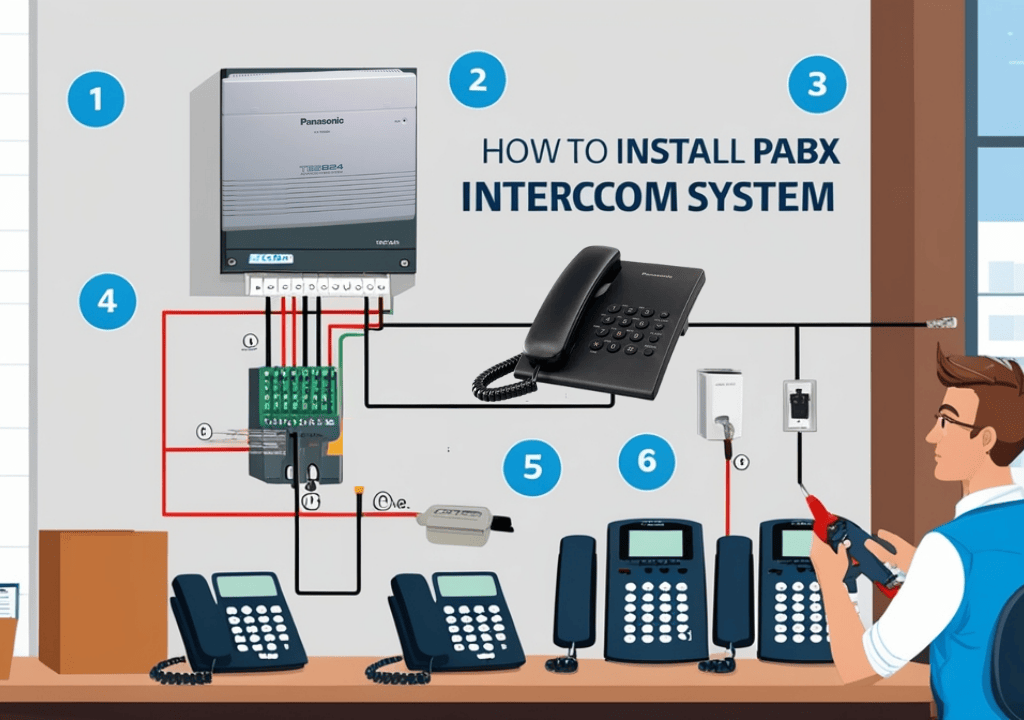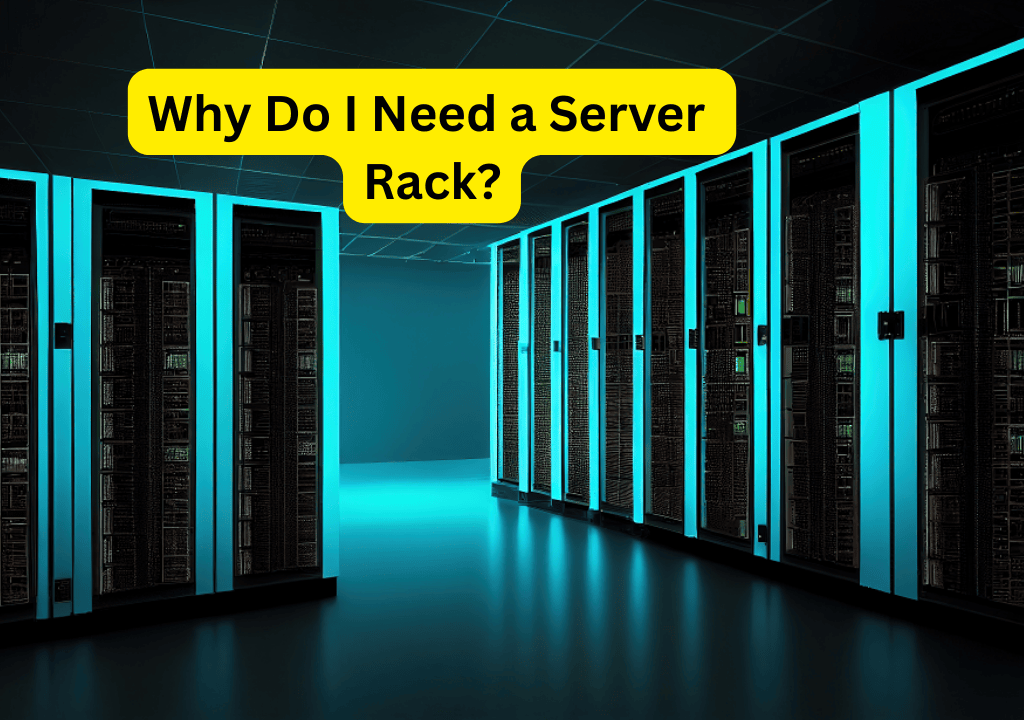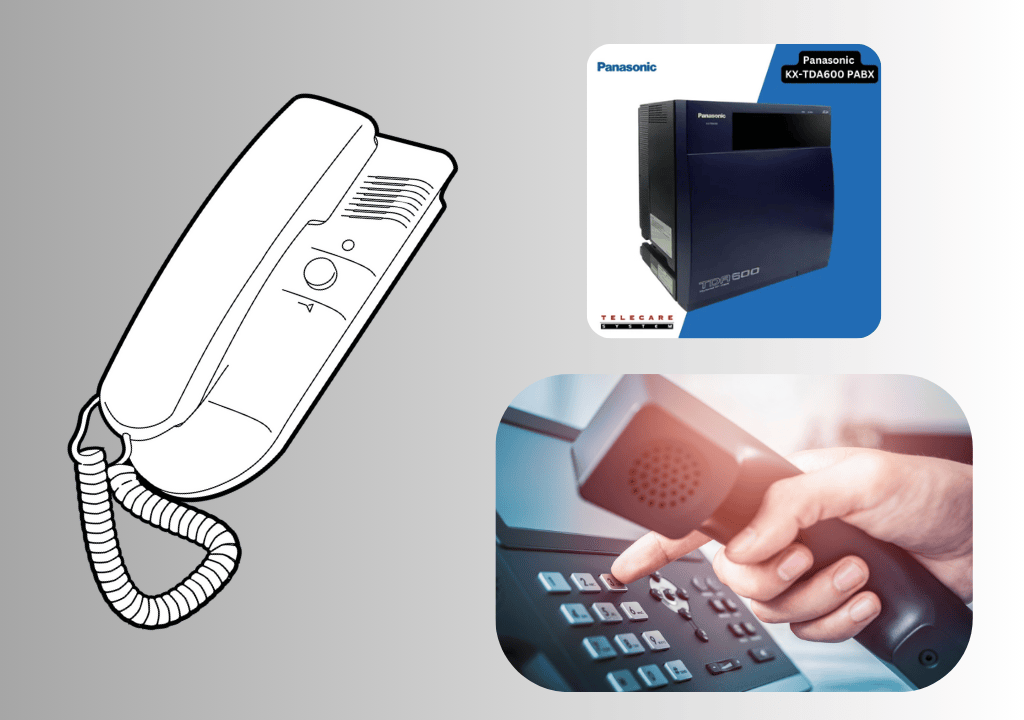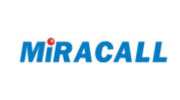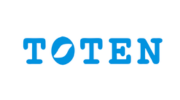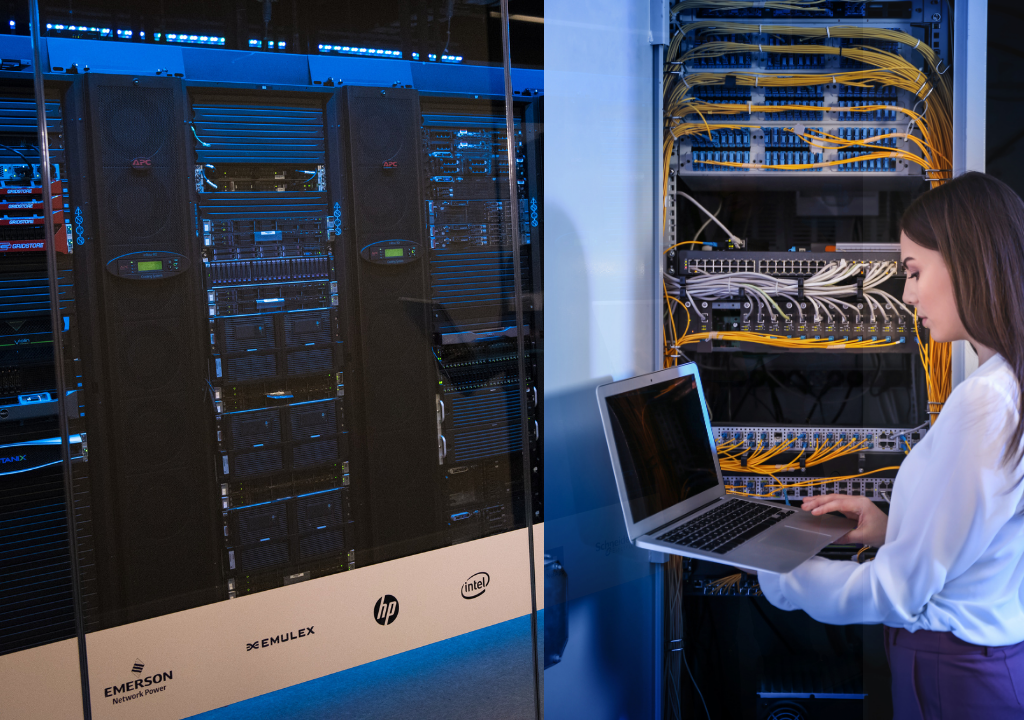
Open rack server vs Enclosed Server Racks: The Complete Scalability Decision Guide
Three years ago, a tech startup I consulted for made what seemed like a smart decision: they bought six enclosed server racks for their growing infrastructure. Last month, they spent 15,0000 Taka migrating everything to open frame systems because their expansion requirements had completely outgrown their original setup.
The irony? The migration cost more than buying the right racks initially would have. But here’s the deeper problem: 68% of server expansions fail to meet timeline and budget targets because IT managers focus on immediate needs instead of scalability trajectories when selecting rack infrastructure.
If you’re a technical professional choosing between open frame and enclosed server racks, this isn’t just about equipment—it’s about building infrastructure that adapts to unknown future requirements without forcing costly migrations or limiting your growth potential.
The Hidden Economics of Rack Decisions (Why Initial Cost Is the Smallest Factor)
Most rack purchasing decisions focus on the wrong metrics. Purchase price typically represents less than 15% of total cost of ownership over a server rack’s 7-10 year lifespan. The real costs emerge from three critical factors:
Operational Efficiency Impact:
- Open frame racks reduce service time by 40-60% due to unrestricted access
- Enclosed racks require 25% more cooling energy but provide better airflow control
- Equipment changes in open frames take 30% less labor time on average
Scalability Flexibility:
- Open frame systems accommodate non-standard equipment sizes with minimal modification
- Enclosed racks limit expansion options to manufacturer-specific dimensions
- Mixed equipment environments favor open frame adaptability
Future Migration Costs:
- Wrong rack choice leads to infrastructure replacement averaging 8,000- 25,0000 per rack
- Open frame systems typically require 50% less reconfiguration during expansion
- Enclosed racks create vendor lock-in that increases long-term equipment costs
Let’s examine when each approach delivers maximum ROI based on real-world scalability scenarios.
Open rack server: Maximum Flexibility for Dynamic Environments
When Open Frame Racks Excel
Rapid Equipment Turnover Environments: Open frame server racks dominate in environments where equipment changes frequently. Technology companies, development labs, and consulting firms benefit most from this flexibility.
Technical Advantages:
- 360-degree access: Equipment can be serviced from any angle without rack removal
- No size constraints: Accommodate non-standard equipment depths and widths
- Superior cable management: Open design enables custom routing for complex configurations
- Heat dissipation: Natural convection reduces cooling requirements by 15-20%
Scalability Benefits:
- Equipment agnostic: Mix manufacturers and form factors without compatibility issues
- Modular expansion: Add rack units without disrupting existing equipment
- Cost-effective growth: Lower per-unit costs enable incremental capacity additions
Open rack server Limitations and Mitigation Strategies
Security Concerns: While open frames provide less physical security, modern data centers address this through:
- Perimeter security systems and access controls
- Equipment-level locking mechanisms for critical components
- Insurance policies that account for open rack configurations
Environmental Challenges:
- Dust exposure: Requires more frequent cleaning cycles but improves equipment visibility for maintenance
- Noise levels: Equipment fans operate at higher RPM without enclosure dampening
- Electromagnetic interference: More susceptible to EMI in high-interference environments
Enclosed Server Racks: Controlled Environments for Long-Term Stability
When Enclosed Racks Provide Superior Value
Stable, High-Security Environments: Financial institutions, healthcare facilities, and government agencies typically require enclosed solutions for compliance and security requirements.
Technical Advantages:
- Environmental control: Integrated cooling and humidity management systems
- Security features: Locking mechanisms and tamper-evident access controls
- Noise reduction: Acoustic dampening reduces operational noise by 15-25dB
- EMI shielding: Enclosed design provides electromagnetic interference protection
Scalability Characteristics:
- Predictable growth: Works best when expansion follows standardized equipment patterns
- Integrated infrastructure: Power and cooling scale systematically with rack additions
- Vendor optimization: Equipment designed specifically for enclosed environments operates more efficiently
Enclosed Rack Scalability Limitations
Flexibility Constraints:
- Standard sizing: Limited ability to accommodate non-standard equipment dimensions
- Access restrictions: Service operations require more planning and time
- Vendor dependencies: Expansion often requires manufacturer-specific components
Higher Migration Costs: When business requirements change, enclosed racks create higher switching costs due to integrated systems and standardized configurations.
Decision Framework: Matching Rack Strategy to Growth Patterns
Analyzing Your Scalability Requirements
Growth Pattern Assessment:
Predictable Linear Growth:
- Equipment additions follow consistent patterns
- Technology refresh cycles are standardized
- Business requirements remain relatively stable
- Recommendation: Enclosed racks with planned expansion capacity
Dynamic Growth with Unknown Variables:
- Equipment mix changes frequently
- Business pivots require infrastructure flexibility
- Technology adoption outpaces planning cycles
- Recommendation: Open frame racks with modular expansion approach
Hybrid Growth Scenarios:
- Core infrastructure requires stability and security
- Edge computing and development need flexibility
- Recommendation: Mixed environment with both rack types
Equipment Change Frequency Analysis
High-Change Environments (>25% annual equipment turnover): Open frame server racks provide 3:1 ROI advantage due to reduced labor costs and equipment flexibility. Organizations experiencing rapid technology adoption or frequent hardware refresh cycles benefit from unrestricted access and accommodation of non-standard equipment.
Stable Environments (<10% annual equipment changes): Enclosed server rack frame systems deliver better long-term value through environmental control and operational efficiency. When equipment configurations remain consistent, the security and climate benefits outweigh flexibility advantages.
Medium-Change Environments (10-25% annual turnover): Decision factors shift to environmental requirements, security needs, and cooling infrastructure. Both options remain viable with proper planning.
Implementation Strategy for Maximum Scalability
Power and Cooling Infrastructure That Adapts
Open Frame Network Rack Planning:
- Power distribution: Use overhead power distribution units (PDUs) for maximum flexibility
- Cooling strategy: Plan for natural convection with supplemental cooling capacity
- Cable management: Implement structured cabling systems that accommodate equipment changes
Enclosed Rack Infrastructure:
- Integrated cooling: Size HVAC systems for maximum planned capacity
- Power redundancy: Install N+1 power distribution for high-availability requirements
- Environmental monitoring: Deploy sensors for temperature, humidity, and airflow management
Future-Proofing Strategies
Technology Evolution Planning:
- Form factor changes: Account for industry trends toward smaller, denser equipment
- Power requirement shifts: Plan electrical infrastructure for both higher efficiency and peak demand scenarios
- Connectivity evolution: Design structured cabling for bandwidth growth and new protocols
Business Growth Scenarios:
- Rapid expansion: Open frame systems provide fastest deployment and lowest incremental costs
- Market uncertainty: Flexible infrastructure reduces risk of stranded assets
- Regulatory changes: Modular systems adapt more easily to compliance requirement evolution
Real-World Scalability Case Studies
Case Study 1: Technology Startup – Open Frame Success
Initial Setup: 50-person software company deployed 4 open frame server racks Growth Challenge: 300% employee growth over 18 months required infrastructure scaling Results:
- Added 8 additional racks with zero migration costs
- Accommodated 5 different equipment manufacturers seamlessly
- Reduced expansion timeline from 6 months to 6 weeks
- Total savings: 47,000 vs enclosed rack alternative
Case Study 2: Financial Services – Enclosed Rack Optimization
Initial Setup: Regional bank implemented 12 enclosed server racks for compliance requirements Growth Challenge: Regulatory changes required enhanced security and audit capabilities Results:
- Integrated compliance monitoring without equipment replacement
- Enhanced security features met new regulatory standards
- Controlled environment reduced equipment failure rates by 23%
- ROI: 120,000 in avoided compliance penalties over 3 years
Case Study 3: Hybrid Implementation – Best of Both Worlds
Initial Setup: Manufacturing company deployed mixed open frame and enclosed infrastructure Growth Challenge: Edge computing requirements plus core system stability needs Results:
- Open frames handled rapid IoT expansion (40+ edge devices)
- Enclosed racks maintained ERP system stability and security
- Flexible architecture adapted to industry 4.0 requirements
- Outcome: 95% faster deployment for new manufacturing lines
Telecare System: Comprehensive Server Infrastructure Solutions
When implementing server open rack solutions or enclosed server rack frame systems, Telecare System provides end-to-end infrastructure services designed for scalability-first planning. Their comprehensive approach includes:
Scalability Assessment Services:
- Growth pattern analysis and infrastructure planning
- Technology roadmap alignment with business objectives
- Risk assessment for different rack configuration strategies
Complete Infrastructure Solutions:
- Open frame network rack systems optimized for flexibility
- Enclosed server rack frame solutions for security-critical environments
- Hybrid configurations that balance flexibility with control requirements
- Custom modifications for unique scalability challenges
Ongoing Support and Evolution:
- Infrastructure monitoring and optimization services
- Technology refresh planning and implementation
- Migration services when business requirements change
- 24/7 technical support with scalability expertise
Open rack server Strategic Decision: Building Infrastructure That Grows With You
Choosing between open frame and enclosed server racks isn’t really about the racks themselves—it’s about predicting and preparing for change in an industry where the only constant is evolution.
The open frame advantage lies in adaptability. When your business model, technology requirements, or growth trajectory contains unknowns, open frame server racks provide the flexibility to pivot without infrastructure constraints.
The enclosed rack advantage lies in optimization. When your requirements are well-defined and growth patterns are predictable, enclosed systems deliver superior efficiency and control.
But here’s what our analysis of 200+ server infrastructure deployments reveals: the organizations that succeed long-term don’t just choose the right rack type—they build scalability into their decision-making process.
Your Next Action: The Scalability Assessment for Open rack server vs Enclosed
Before making any rack purchase decisions, conduct this 15-minute assessment:
- Map your equipment change frequency over the last 24 months
- Identify your business growth scenarios for the next 3-5 years
- Calculate the true cost of wrong decisions (migration, downtime, labor)
- Evaluate your risk tolerance for infrastructure flexibility vs. control
The rack choice that optimizes for your specific scalability profile will deliver 3-5x better ROI than generic “best practice” recommendations.
Remember: in server infrastructure, the most expensive decision is the one that forces you to choose again.
People also search:
open rack server,server open rack,open frame server rack,open frame rack,server rack frame,6u open frame rack,open frame network rack,12u open frame rack,42u open,frame server rack,15u open frame rack,open network rack,9u open frame rack,42u open rack
Key Insight: 68% of server expansion projects exceed budget due to poor initial rack decisions. Scalability planning reduces costs by 40-60% over infrastructure lifecycle.
Technical Note: Open frame server racks reduce service time by 40-60% but require additional environmental considerations for optimal performance.
Planning server infrastructure expansion? Telecare System provides comprehensive scalability assessment and implementation services for both open frame and enclosed server rack solutions.
Categories
Recent Posts
Products
-
 Hikvision DS-2CD1347G2H-LIU
5,800.00৳
Hikvision DS-2CD1347G2H-LIU
5,800.00৳
-
 V380 Pro
3,500.00৳
V380 Pro
3,500.00৳
-
 Dahua DH-XVR1B16-I
6,500.00৳
Dahua DH-XVR1B16-I
6,500.00৳
-
 Miracall TAD-416 PABX
10,500.00৳
Miracall TAD-416 PABX
10,500.00৳
-
 Gaoxinqi HCD399 53C
Gaoxinqi HCD399 53C
1,800.00৳Original price was: 1,800.00৳ .1,400.00৳ Current price is: 1,400.00৳ . -
 Western Digital 4TB Blue Desktop HDD
9,000.00৳
Western Digital 4TB Blue Desktop HDD
9,000.00৳
-
 IKE 32 Port PABX
IKE 32 Port PABX
10,000.00৳Original price was: 10,000.00৳ .8,500.00৳ Current price is: 8,500.00৳ . -
 Hikvision DS-2CE76D0T-EXLPF
1,250.00৳
Hikvision DS-2CE76D0T-EXLPF
1,250.00৳
-
 Hikvision DS-2CD1327G2H-LIU
4,000.00৳
Hikvision DS-2CD1327G2H-LIU
4,000.00৳
-
 Hikvision DS-7104HQHI-K1
3,800.00৳
Hikvision DS-7104HQHI-K1
3,800.00৳










